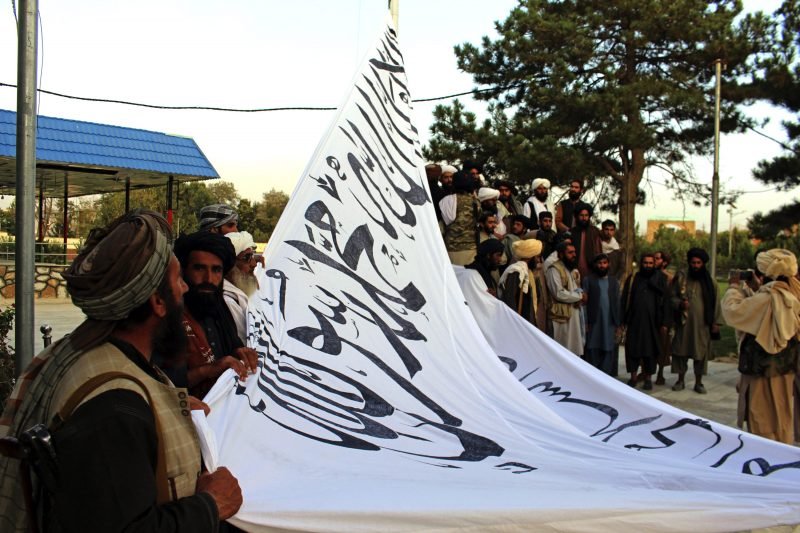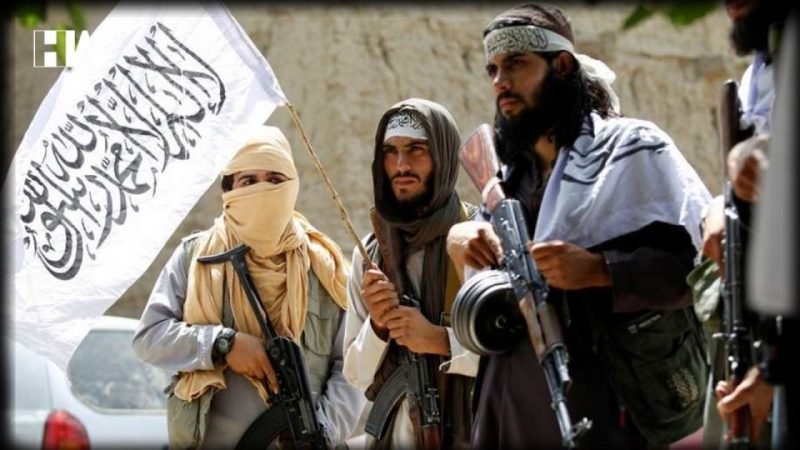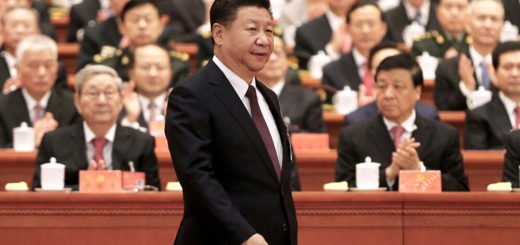Why is the Taliban failing state-building?

Introduction
All political calculations fell flat post the US pull-out from Afghanistan. In the past, several western political theorists correlate the US involvement in Afghanistan to the Weberian theory of ‘nation state’ and the subsequent third-party intervention through state-building models/approaches. However, it is improbable to emulate such theories in traditional societies like Afghanistan- where the models of governance and power are informal, complicated and historically fascinating. This article locates two apparent issues with the state-building approaches in Afghanistan. First, the evident lack of resources, domestic isolationism, economic blunders, climatic disasters, and humanitarian crises bleeding Afghanistan dry with no clear governance strategy. Second, the overall international response to the Taliban take-over comes with a feeling of deep mistrust and ignorance towards their leadership by the west. These factors collectively contribute to the conundrum at the level of state-building initiatives in Kabul.
Afghanistan’s legions of crisis continuum
The Taliban government of Afghanistan has its head in the sand over food, security, water and climate crisis, attacking the locals from all ends possible. Earlier this month, a devastating earthquake with a 5.9 magnitude took over 1000 lives in the eastern province of Khost and Paktika, alongside the Pakistan border. Although historically, Afghanistan has encountered natural disasters, the recent earthquake makes it exigent to cope with due to evident state ill-preparedness. The economic crisis, coupled with hunger and security implications, has left the Taliban state affairs in shambles. One of the critical drivers of displacements has to be the rise in Afghan migration to Pakistan. As per the European Union Agency for Asylum (EUAA) report, there are over 117,547 new reported departures from Afghanistan. Unfortunately, the Afghan refugees continue to lead miserable life with a lack of resources and security from the host state. Albeit any hopes of the Taliban establishing a legitimate governance system were pitifully low, its current grasp on cascading environmental and humanitarian issues is frightful to begin with- making it arduous to achieve long-term, durable solutions for its citizens. An Op-ed published in the New Lines magazine discusses the ‘Qargha’ lake on Kabul’s outskirts and mentions how the city of Kandahar was flooded with people after the Taliban urged citizens to perform “istiqa” (rain-inducing prayer). While a part of the prayer was answered in March this year, groundwater levels remain severely low. Snowfall and rain are pertinent to Afghanistan’s highlands as the snow melts into the reservoir supplying water for crop irrigation. Similarly, in the lowlands, the snow dampens the soil enough for the field to absorb rainfall for successful yields. Moreover, the meteorologists pin the potential impacts of dry conditions in Afghanistan on the La Niña phenomenon, which raises the prospects of water scarcity in the country’s rural regions.
The United Nations 2021 projected that over 25 million Afghans, constituting more than half its population, will turn to urgent humanitarian aid by 2022. Currently, with over 9 million starvations, Kabul is facing one of the most significant hunger crises in global history. According to the UN report, the central reasons for food insecurity were depreciating household incomes, rise in food prices, drought, and distrust amongst the international community towards aid supply to the Taliban, which are likely to get stronger under the ongoing Russia-Ukraine war. As a result, the markets in Kabul are flooded with food, but very few can afford it. In response, the UN raised billions of aid as an emergency measure. However, the Taliban inanely incorporated these aids as an immediate short-term fix to their freefalling economy. Thus severe mismanagement of funds uncovers monetary fissures in the Taliban’s state organ.

For almost two years, Kabul has been battling severe drought, dying livestock, humanitarian emergencies, and insufficient food production, made worse by the international economic sanctions imposed on the Taliban rule. Clearly, for the Taliban as an insurgent group to transform rapidly into an effectual government receiving international aid stands a ghost of a chance. Therefore, the US decided to cut the guardian knot by passing notable exceptions to Afghan following the months of its withdrawal. However, the US sustains preventing the Central Bank of Afghanistan from accessing nearly $7 billion of its assets, which is money needed to stabilize an economy that is falling apart. This death freeze on the budget by the US lays an embargo on Afghanistan to control inflation and liquidate its assets.
Given that Afghanistan does not print its own currency, there is a significant dearth of physical circulation of cash for the business to run. Imports have taken a massive hit with no safety backing from commercial banks, which will only likely worsen by the end of 2022. In its 20 years of involvement, the US and other foreign donors funded up to 80% of the Afghan government’s overall expenditures and more than half its $6 billion yearly budget. The GDP of Afghanistan was financed by foreign aid to the tune of 40%. However, once the Taliban took over, the donations, institution building, public sector growth and foreign investments collapsed like a pack of cards that continues to be unassembled.
These observations illustrate the apprehensions of the west over the Taliban’s fate from its significant economic opposition, creating a prominent absence of profitable platforms. Afghanistan is a diverse, multilingual nations state harbouring several ethnic communities, each of which crosses boundaries adding to the complex web of Afghan society. Although the instability of the country entails varied aspects, on the whole, Afghanistan suffers from a chronic dispute over ethnicity and power. The US never prioritised state-building activities in Afghanistan; instead drew focus on “protectionism” as a peacebuilding mechanism. The best effort from their end was overthrowing a violent terror group instead of a popular administration. This, in turn, encouraged the Taliban to safe havens in Pakistan’s tribal areas, and the Afghans didn’t see any advantages to state-building prior to now.

What is next for the Taliban?
A likely transition from war to peace is fraught with steady state-building measures, which is where the Taliban scores poorly. The Afghan predicament went from 20 years of a long war to being governed by heavily sanctioned terrorists de jure. Both root and proximate causes affect the Taliban’s strategies, which lack much-needed human capital and serious amounts of money. The failing economy is not the only culprit; lack of resources coupled with the scarcity of academicians and experts stiffen prospects of effective change for Afghanistan. Amidst the crushing economic crisis, the sanctioned leaders find solace in crushing the rights of women and children and imposing restrictions on freedom of speech, with no perspicuous accountability for state reconstruction.
The need for introducing comprehensive state-building measures in Afghanistan is hardly surprising. In its traditional sense, state-building is conducted through international aid by major donor countries. At the same time, Afghanistan has received sizable assistance from India, China, US, Britain, Germany and other nation-states. However, it has lost a tremendous amount of creditability in terms of utilising these aids valuably. The Taliban-led-state apparatus does not demonstrate a clear commitment to proactive economic changes. Undoubtedly, the reconstruction and structural improvements can only be implemented when local initiatives with competent state leaders are established. Whether the international community approves or not, the Taliban is a key stakeholder in the Afghan context. The myriad of crises engulfing the state exposes its political faultlines and fragility. Hence, clear conditions of economic and political leads must be drafted as a national policy framework which guarantees the tole of the Afghan people and their officials. It is highly critical for the Taliban to spell out its national interests and intentions, disallowing humanitarian crisis to swallow its citizens.
Arguably, the Taliban has marched beyond its margin of error for governance. There are good reasons why the Taliban is an easy target, too; mistrusted by its locals and persona non grata by the west, now leaves it with no option but to indulge in institutional consolidation, stabilization and sustainable development to prove itself. In the centre of it all, bemoaning its odious destiny, the people of Afghanistan continue to suffer in the tug of war between the west and the Taliban.


















